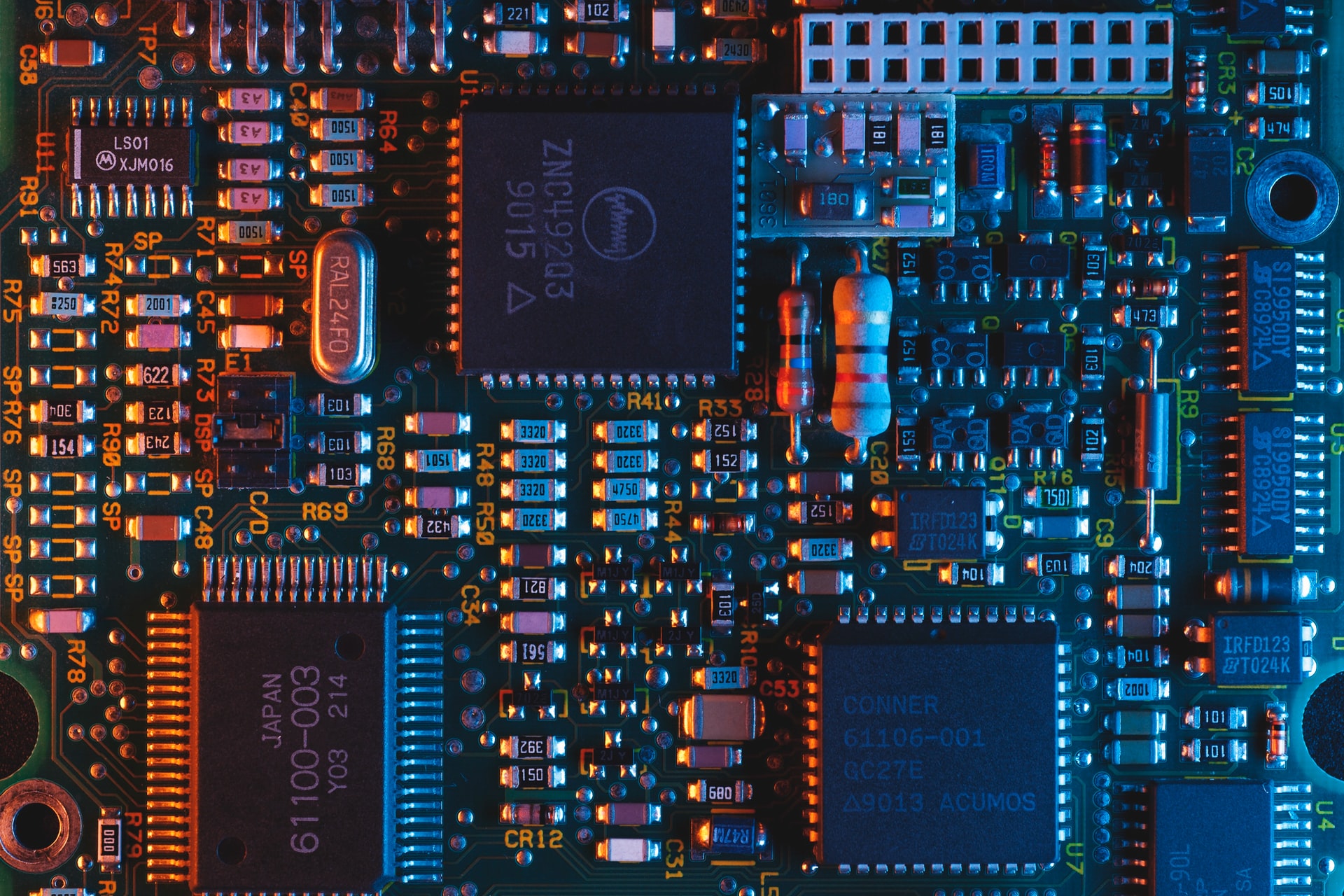EU Chip Act? Very cip

“In Europe, there is a lack of chips for the auto sector, but the EU plan to produce twice as much is a wedding dinner with dried figs”. The article by Tino Oldani for Italy Today
The EU Commission's plan to produce more chips in Europe has been met with widespread skepticism. The aim of the plan, called the European Chips Act, is to "make Europe a leader in this global market" (Ursula Von der Leyen dixit), in order to allow the European industry, car in the lead, to no longer depend from supplies from Taiwan, China and South Korea, as has been the case for years. But, in the analyzes and comments of the following day, industry experts unison exclude that the EU plan can achieve the stated objectives. At the most, there are those who, like the expert in the sector Alberto Prina Cerai, admit that “after so many years, it is a step forward”. But nothing more.
The first disappointment is due to the EU financial commitment: just 43 billion in investments distributed over eight years, between now and 2030. Public (EU and national) and private (to support equity and leverage) money, but not all fresh, as including the funds already allocated, and not yet spent, for the “Chips for Europe” initiative, aimed at developing research in the sector. The comparison with world competition is reminiscent of a wedding dinner with dried figs: the United States has already put in place a 52 billion dollar plan, all federal funds, to upgrade their chip factories and attract new ones to American soil. . China has invested 150 billion dollars with the same goal between 2015 and 2020, and South Korea is investing 450 by 2030. As for Taiwan, it is already the world leader in the sector, the only one capable of producing the smallest and therefore more powerful and valuable chips, those under five nanometers, while in Europe, according to a study by the think-tank Bruegel, chips from 22 nanometers upwards are manufactured, the most backward.
With the 43 billion euros planned until 2030, the EU aims to produce chips equal to 20% of the world total, doubling its current share, by around 10%. But even here, skeptics recall that this was exactly the same goal as a similar plan, launched in 2013 by the EU Commission, then led by José Barroso. A shrimp plan, given that Europe in the nineties produced 20% of semiconductors on a world scale and since 2013 it has gone back. Today 60% of world production is made by three countries (Taiwan, China and South Korea), it rises to 80% if you add Japan, while the US and Europe share the remaining 20% equally. Hence the serious difficulties encountered by the US and EU industries, cars in the lead, in the chip supply chain during the pandemic, but especially now, while there is talk of recovery.
Currently, the electronic component represents 40% of the value in car production, a share that, according to Deloitte, will rise by 15% a year until 2026. Enough to make Thierry Breton, EU Interior Commissioner, say that if Should Taiwan suspend exports of chips to Europe for geopolitical reasons, European factories of semiconductor-based products, leading cars, would close "after three weeks". And the car represents 6% of the workforce and 7% of GDP in Europe. For this reason, it is not surprising that all the EU car manufacturers, forced in recent months to slow down or suspend production, have put pressure on the EU Commission to incentivize the production of chips in Europe, including through alliances with countries and companies. fiercest in the world.
In this regard, Politico.Eu recalls that Commissioner Breton has proposed in the last year to the three major semiconductor manufacturers (Tmsc, Samsung and Intel) to implant in Europe a "mega fab" of latest generation microchips (up to 5 nanometers) . The result? The Taiwanese Tsmc has not released any announcements on European investments, while it has confirmed those in Arizona (12 billion dollars), Japan (7 billion dollars) and China (2.8 billion dollars). Samsung did not even respond. While Intel, through CEO Pat Gelsinger, has declared its willingness to build a mega factory in Europe, as long as support is ensured with public funds. This latter aspect is by no means secondary.
Building a mega chip fab in Europe takes at least 4-5 years, with a much more financially expensive investment than similar initiatives in China, Taiwan and South Korea. A higher cost that experts estimate is around 11 billion euros , a sum that a non-European investor could ask the EU as a public subsidy, as a mandatory condition. It is no coincidence that Intel declared: «We expect the EU Chips Act to facilitate our plans» A prospect which, however, appears to be hampered by EU competition rules, which prohibit state aid.
This seems to explain the presence of Margrethe Vestager, head of the EU Antitrust, at the presentation conference of the European Chips Act, where she announced a new EU course: fewer antitrust constraints on public funding to convince the big non-Europeans to create chip factories in Europe, provided, however, that they respect certain technological parameters in production, such as "first of its kind", in the sense that it is a new chip for Europe, even if it is not globally. A flexibility so far declared, but not codified, welcomed with skepticism by Politico: "The public funding necessary for companies like Tsmc and Intel, which amounts to billions, could encounter obstacles in Brussels from competition officials, the same ones who have killed many efforts of state aid in recent decades ".
Article published on ItaliaOggi
This is a machine translation from Italian language of a post published on Start Magazine at the URL https://www.startmag.it/innovazione/chip-act-ue-molto-cip/ on Mon, 14 Feb 2022 06:21:43 +0000.
